White sand beaches framed by palm trees and mountains in the background, lush tropical forests, colonial architecture, ice-cold Caipirinhas, endless sunshine, and friendly people who still have “joie de vivre” – these are just some of the reasons why Rio de Janeiro has its unique fascination.
Rio de Janeiro – a land of contrasts
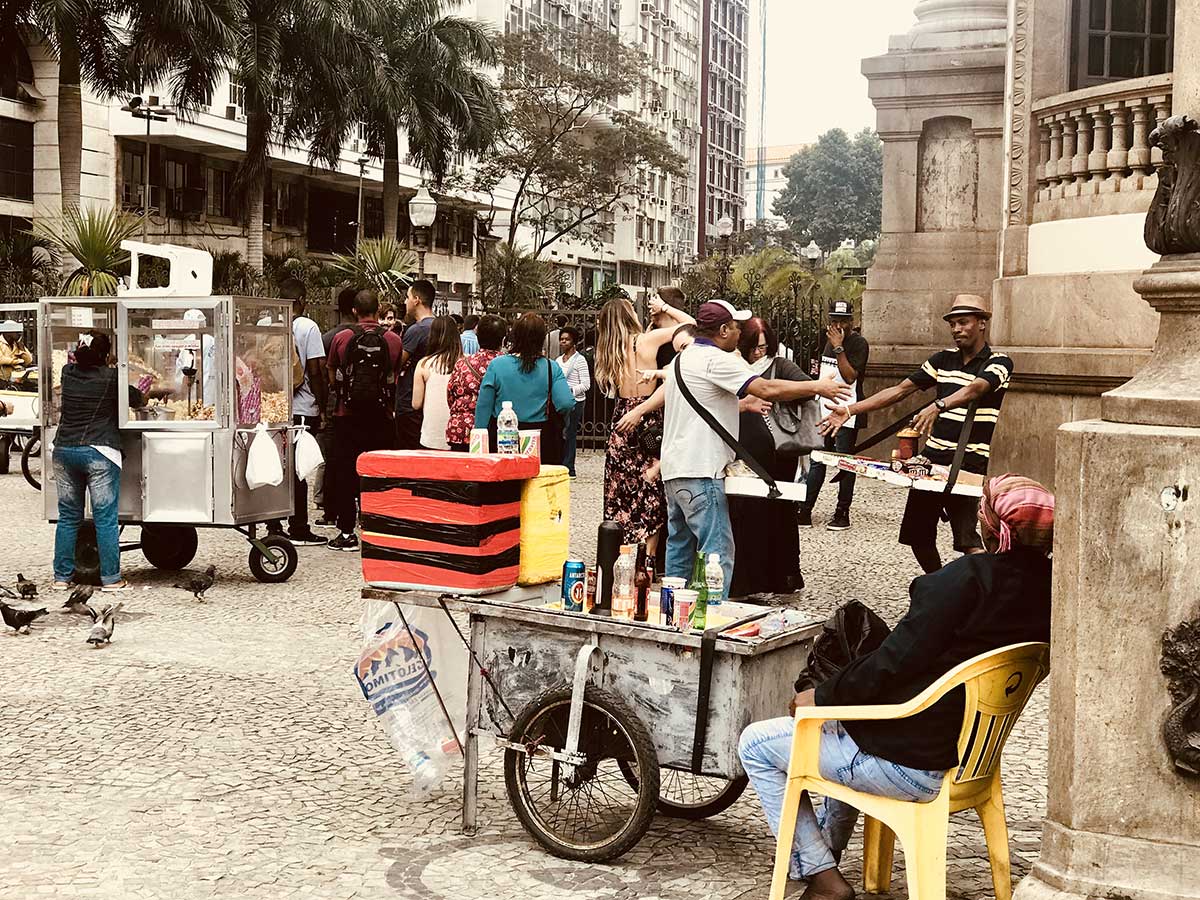
But Rio is also a land of contrasts. Many people live below the poverty line, and not just in the favelas. With a monthly income of R$387.07 (85 EUR), it is hard to imagine how they succeed to have a decent life. On the other hand, in the city’s touristic areas you can see luxurious hotels and a completely different atmosphere.
Hosting the Summer Olympics in 2016 was, for sure, a boost of image for Rio, even if the majority of the Brazilians were less enthusiastic about it. But after the event, the poverty and the violence were again on the rise.
There are safe places to visit and places you should avoid, be it day or night. The growing violence is a problem Rio is facing, but, still, as a tourist, if you follow some common sense safety rules, (read about them in a future article) there’s nothing to worry about.
But despite all this, Rio truly lives up to its name – Cidade Maravilhosa. Go visit it, and you’ll end up falling in love in rhythms of samba, ocean waves and bossa nova.
So here are the things I loved more in Rio and maybe you’ll find them cool too:
Spend a day (or more) at the beach
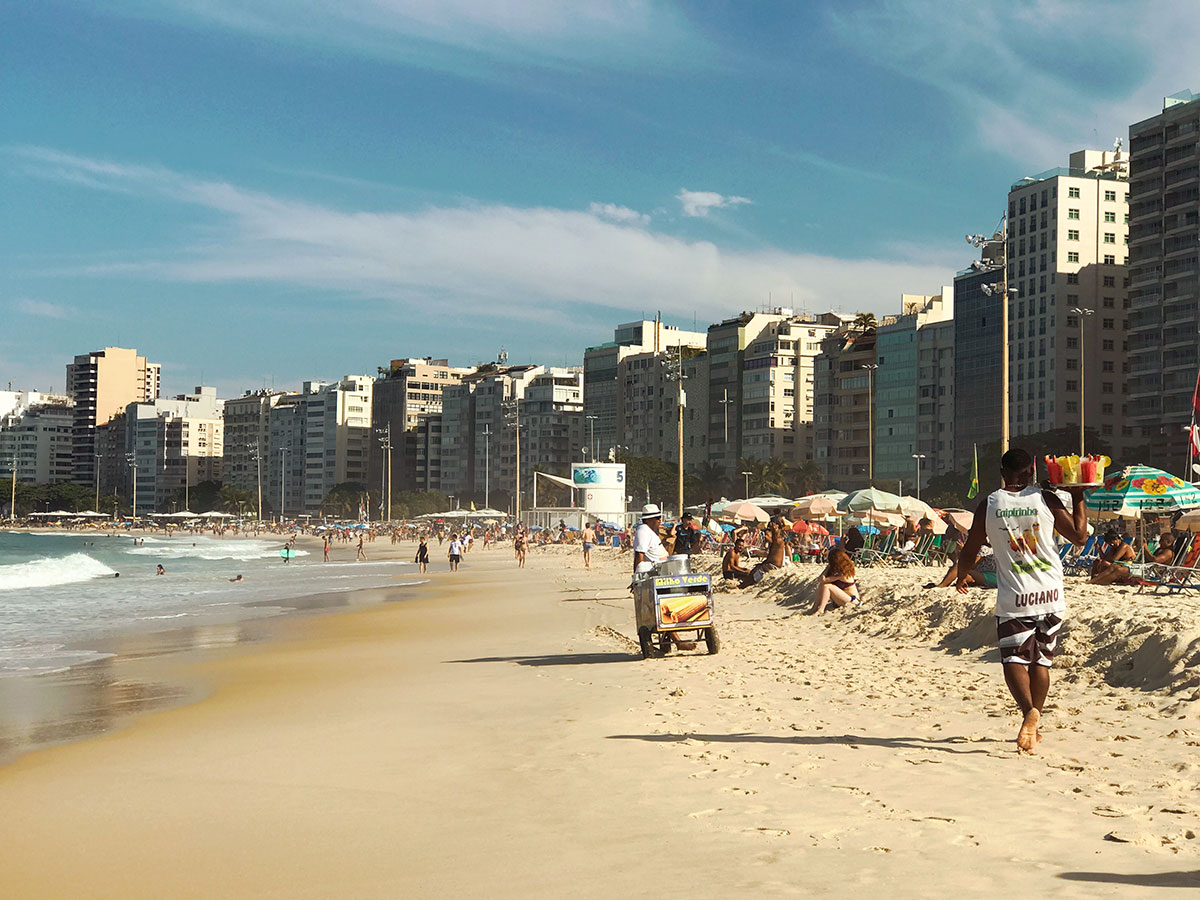
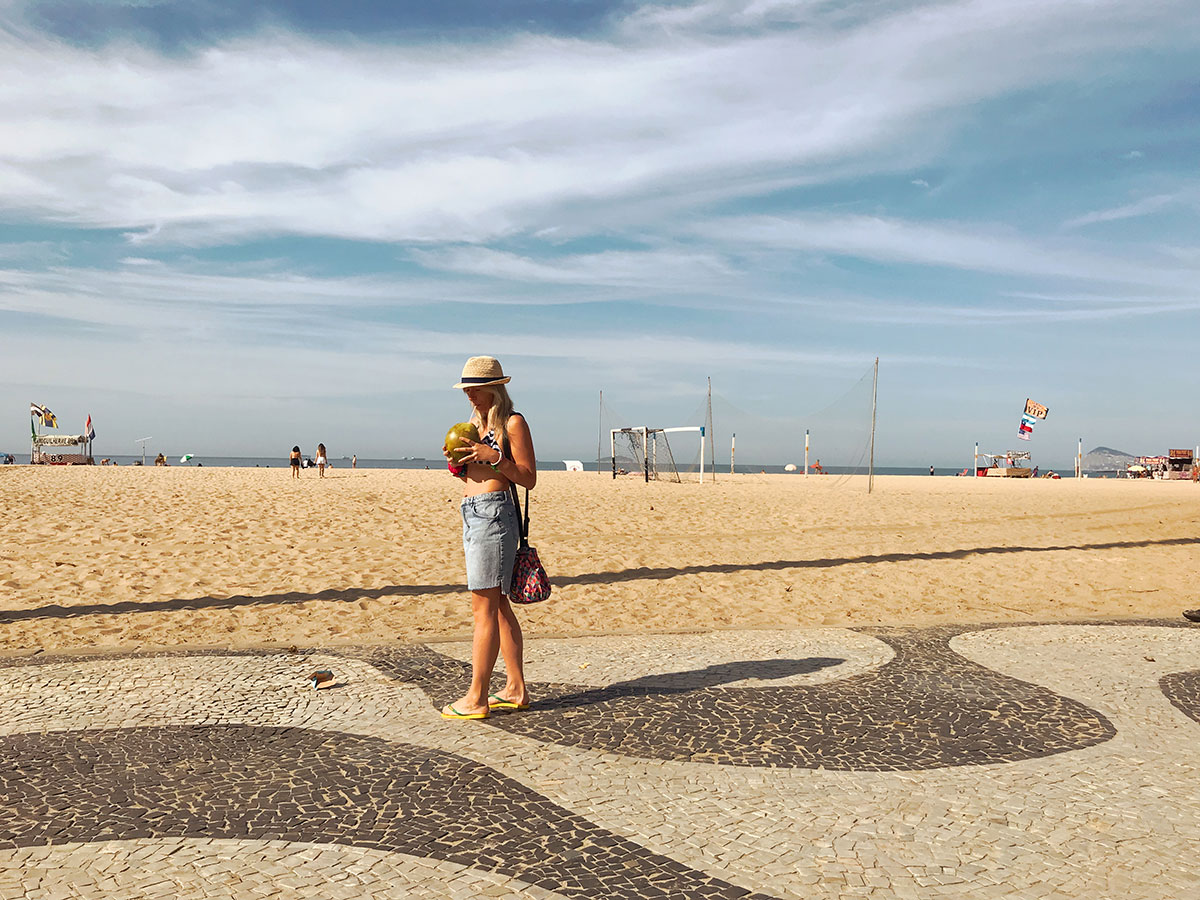
Copacabana is Rio’s most famous beach, and that’s with good reason. The white sand beach stretches on 4 kilometers of coast, and it’s the favorite destination when it comes to spending a day in the sun for locals and tourists alike.
The large promenade, with the iconic black and white, waved design, is almost on every postcard from Rio and over the weekends turns into a pedestrian area. Along the beach, there are many “kiosks” where you can grab a drink or a snack, or even have lunch or dinner (my personal highlight was Gosto do Mar – try Coco Loco and Langusta Imperial).
In the 1950s, Copacabana was the place to be for the rich and famous. The well-known Copacabana Palace Hotel opened its doors in 1923 and, over the time attracted a long list of celebrities, like Marlene Dietrich, Fred Astaire, Gene Kelly, Marilyn Monroe, Ella Fitzgerald, Nelson Mandela. It was the “golden age of Rio,” a time when celebrities and the high society wanted to come here and to discover this new tropical paradise, to dance on its bossa nova rhythm and immerse into the luxurious nightlife.
Ipanema, made famous by the bossa-nova song “The girl from Ipanema” is a favorite destination for both surfers and sunbathers. Framed by Dois Irmaos mountains in the background, the view from the beach is stunning.
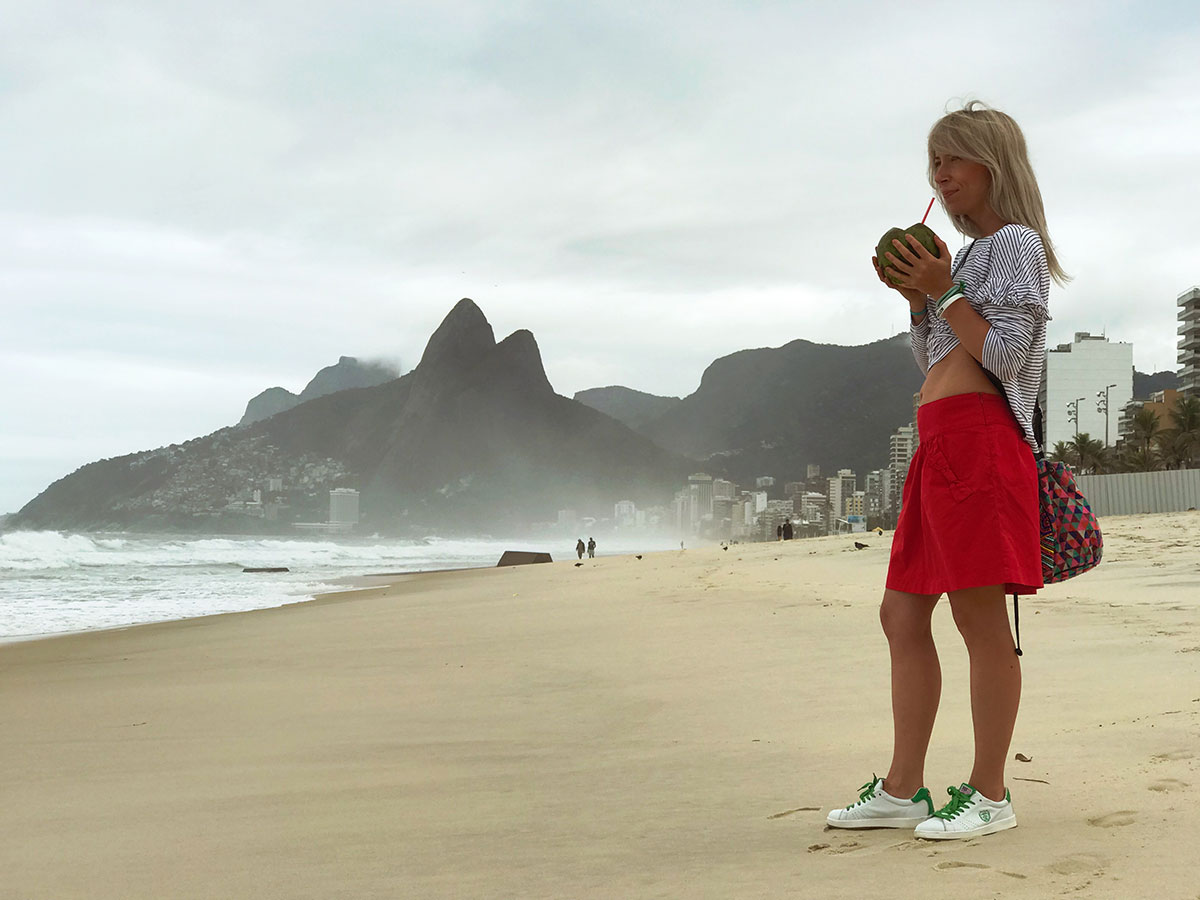
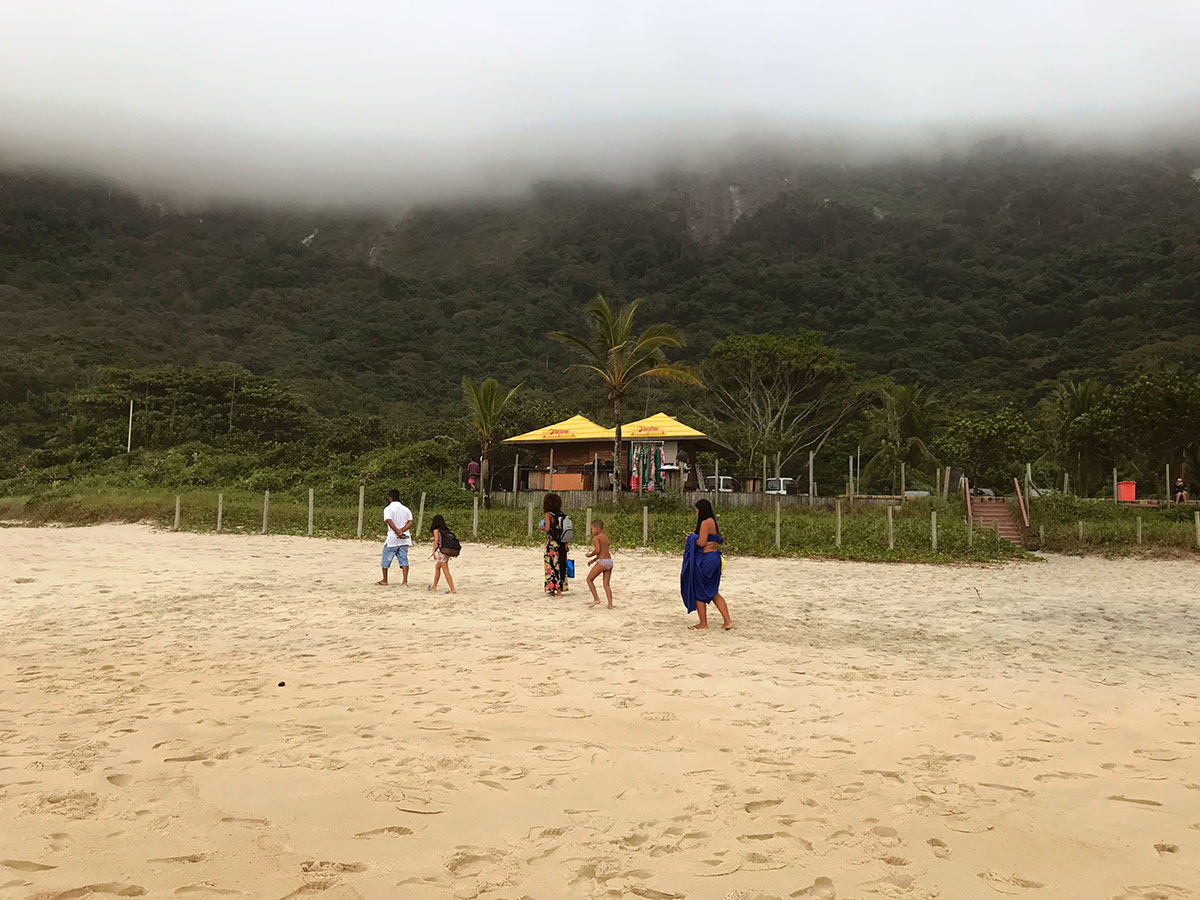
Other beaches you can visit in Rio are Leblon – located west of Ipanema, less crowded and quieter, Praia Vermelha – you can make a stop here before visiting Pao de Azucar, Praia do Arpoador – great place for surfers, Prainha – idyllic, wild and tropical, filled with surfers but not recommended for swimming.
Read more: CAIPIRINHA – BRAZIL’S TRADITIONAL COCKTAIL
Visit Parque Lage and have a drink with an amazing view
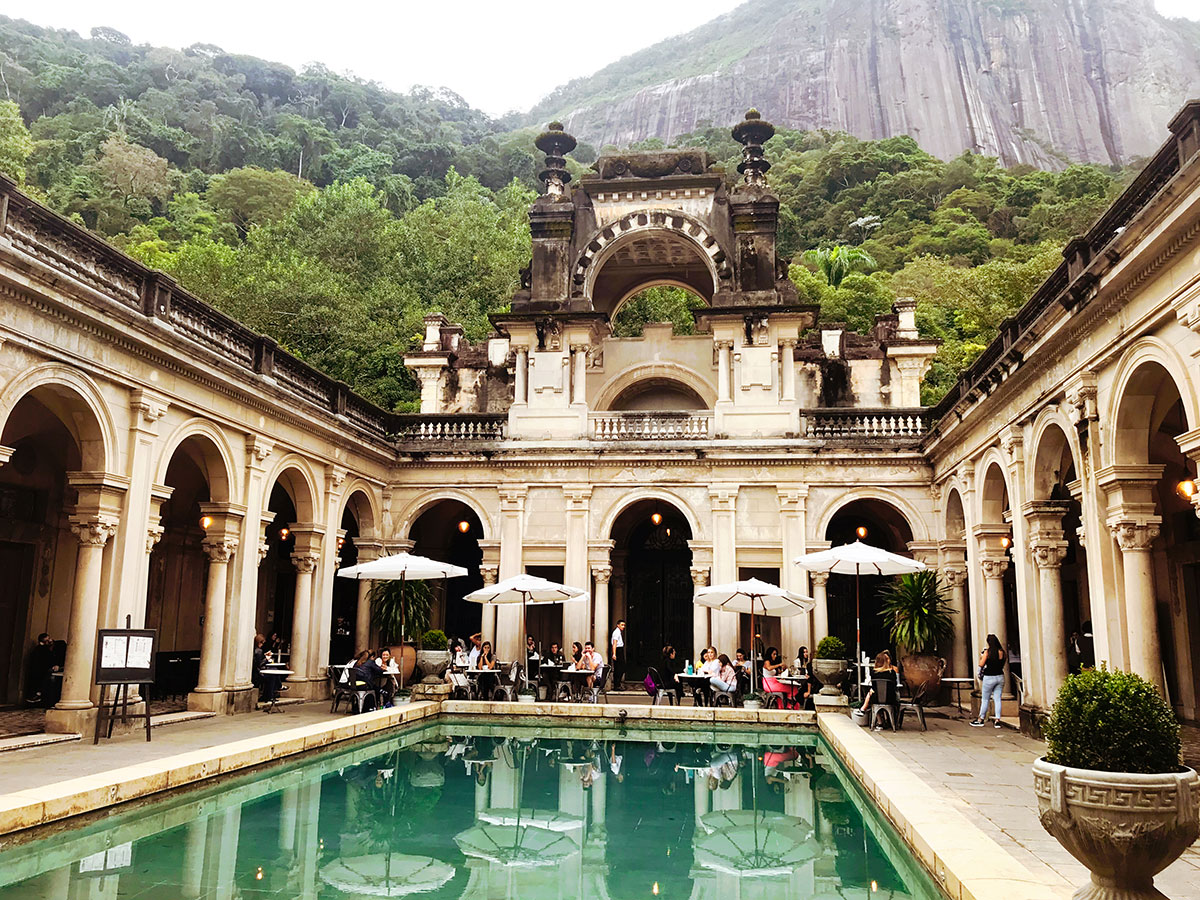
Parque Lage is located in the Jardim Botanico neighborhood, at the foot of the Corcovado Mountain (this is also the starting point of a hiking trail leading up to the famous Cristo Redentor). It’s a beautiful mansion in the middle of a public park, surrounded by subtropical forests, and still not so full of tourists.
In the 1920s, this amazing building was owned by a wealthy couple (Enrique Lage and his wife), and later, in the 1960s, the domain becomes a public park. The mansion houses an art school – Escola de Artes Visuals do Parque Lage, a beautiful blue water pool surrounded by a cozy coffee shop. The setting here is really amazing, and it has been featured in music videos for Pharell Williams, Snoop Dogg, and the Black Eyed Peas.
Entrance is free!
Be really amazed by Cristo el Redentor

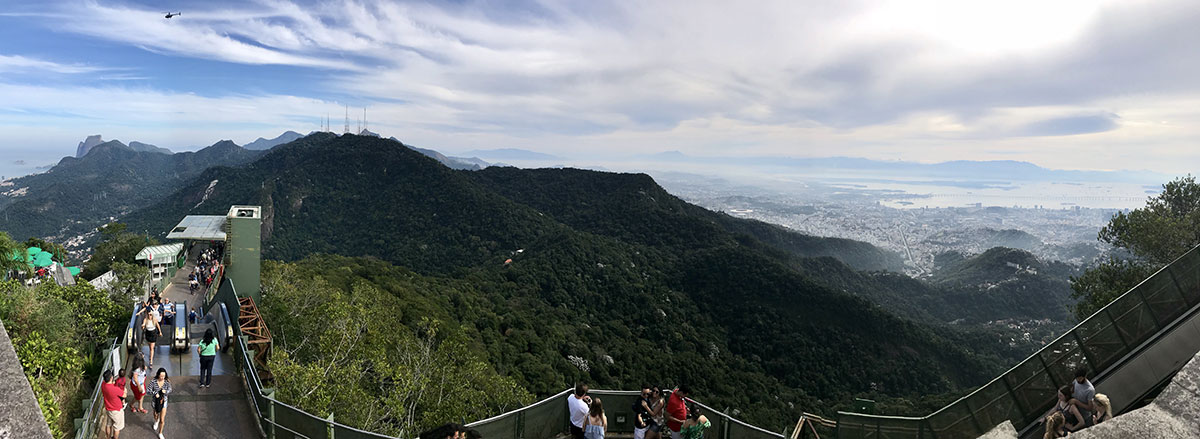
When you think of Rio, the first thing that comes to your mind is the Christ statue, overlooking the entire city. It’s one of the most iconic monuments in the world, the largest Art Deco statue ever built, and one of the New Seven Wonders of the World.
Christ the Redeemer sits atop the Corcovado Mountain, in the middle of the Parque Nacional da Tijuca. There are many ways to reach the statue (by van, train or hiking). If you are on a tight schedule but still don’t want to miss all the beauty of the road through the jungle, I suggest taking the train – it departs every 30 minutes, and it’s a 20 minutes ride to the top.
The panoramic views are breathtaking, but, to fully enjoy this experience, try to avoid the weekends or the crazy peak season (during Christmas or Carnival). Best times to visit are early in the morning and before the sun goes down, for better visibility. At the base of the statue, there’s also a little chapel, inaugurated in 2006, to celebrate the monument’s 75th anniversary.
Climb Pão De Açúcar (Sugarloaf Mountain)
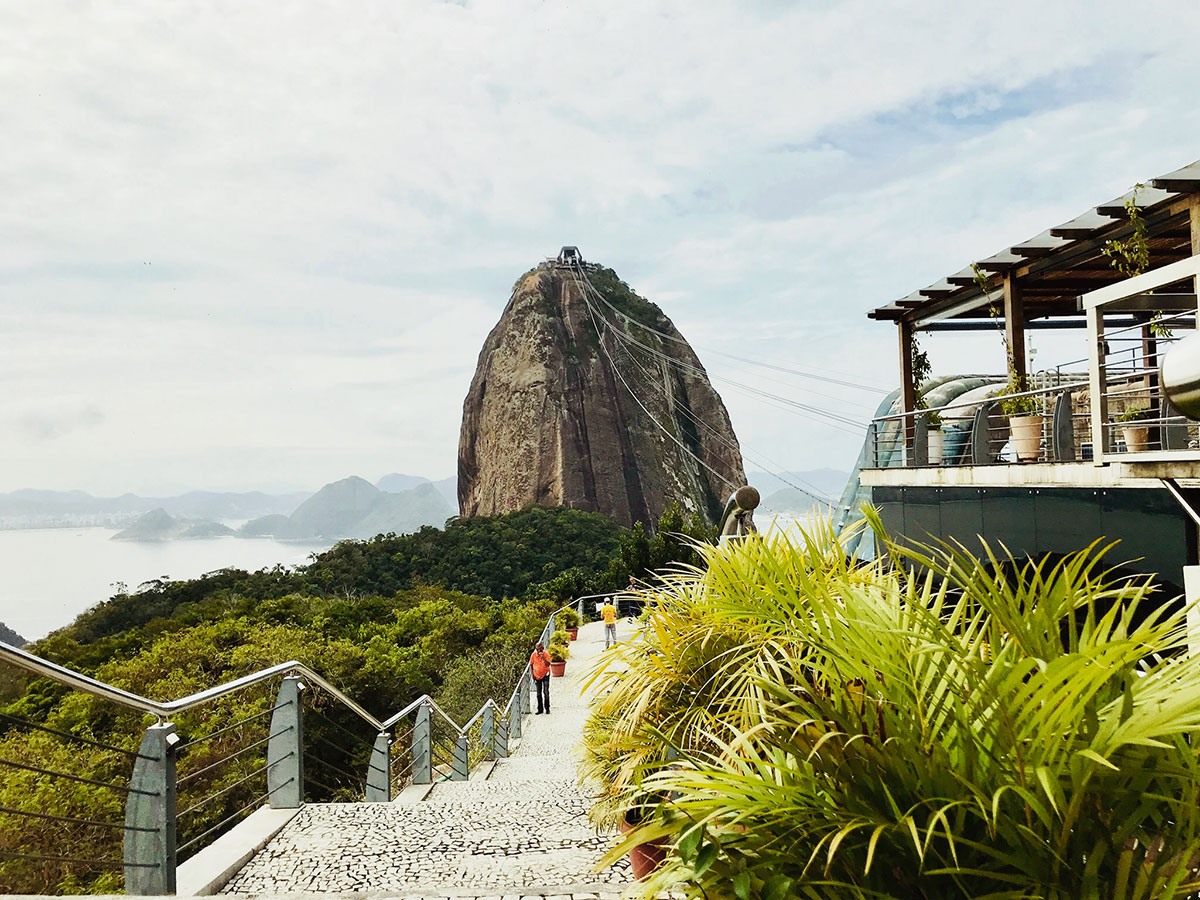
Pão De Açúcar (Sugarloaf Mountain) is one of the most recognizable Rio de Janeiro’s landmarks, offering incredible views over the whole city. To reach the summit, you can take the two cable cars, from Praia Vermelha and Morro da Urca, or, if you feel more adventurous, you can try one of the climbing trails. We opt for a combination of these two – from Praia Vermelha to Morro da Urca we hiked for thirty minutes through the Atlantic Forest, and we took the cable car to the top from there.
The second part of the trail (Moro da Urca – the summit) is pure climbing, and if you’re not experienced enough, the best thing is to make this trail with an experienced guide.
When you reach the top, the city is unfolding before your eyes in all its glory. On a bright day, the views are incredible: you can see the seemingly endless ocean, Cristo el Redentor, Copacabana Beach and the Guanabara Bay.
At both Morro da Urca and Pão De Açúcar, there are shops and cafes where you can buy a snack or a Caipirinha and soak in the views in front of you. Tip: Spend a little more time at Morro da Urca stop and watch the planes landing at the airport while sipping from a cold Caipirinha!
Sit on the Escadaria Selarón
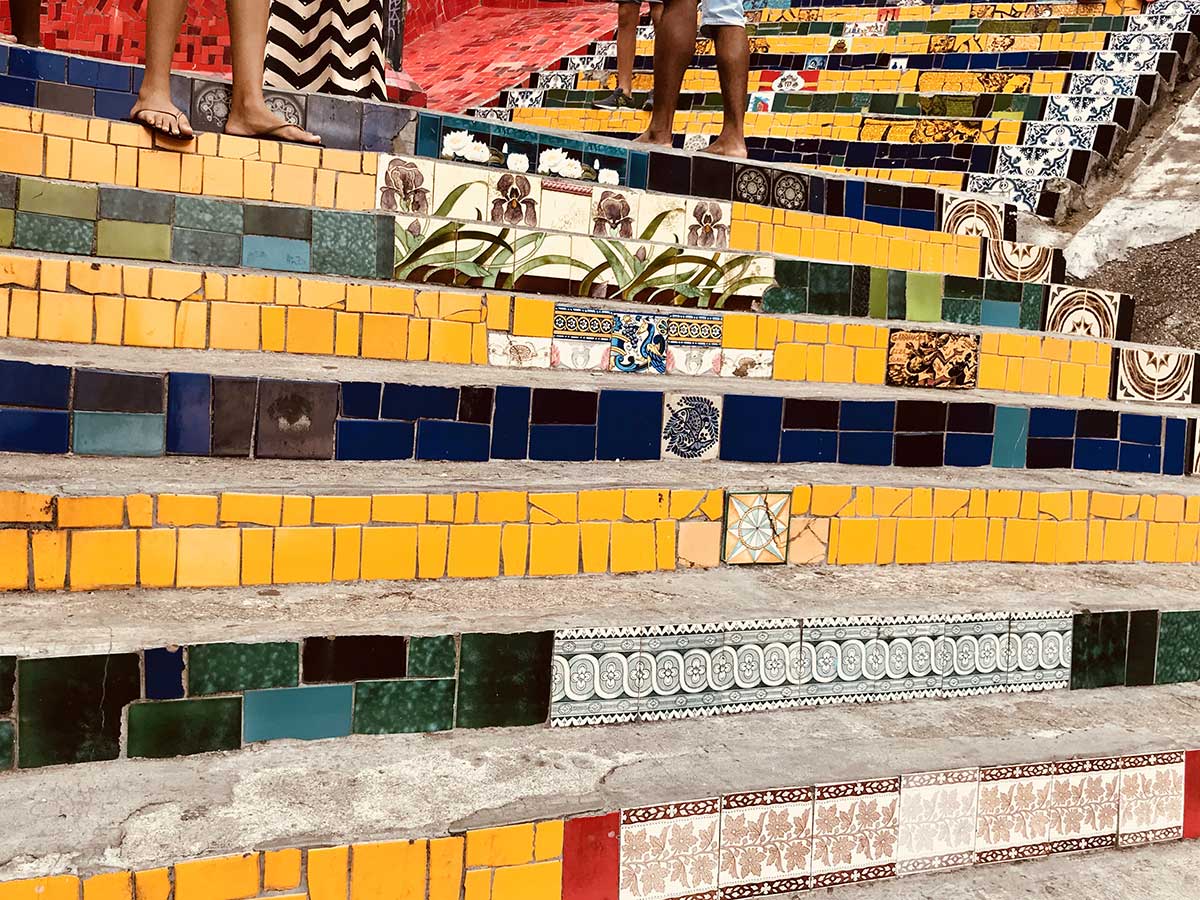
The artwork of the Chilean painter Jorge Selarón, the Selaron steps are a tribute to the Brazilian people. 2000 tiles collected from all over the world cover the 215 steps located between Santa Teresa and Lapa neighborhoods.
In the beginning, he used only blue, yellow and green tiles (the colors of the Brazilian flag). In 2000 he started to add red tiles (his favorite color and also the color of the Chilean flag). In time, more and more tiles were added, part of them donated by other people from more than 60 countries. Selaron never considered his work finished, but something that changes and evolves with every day that goes by.
Though it began as a personal hobby, it turned into an iconic landmark for the city. The Selaron Steps were featured in Rio’s 2016 Olympic bid video “The Passion Unites Us,” and also in music videos, commercials, and documentaries.
Go to Tijuca National Park – a tropical rainforest in the heart of the city
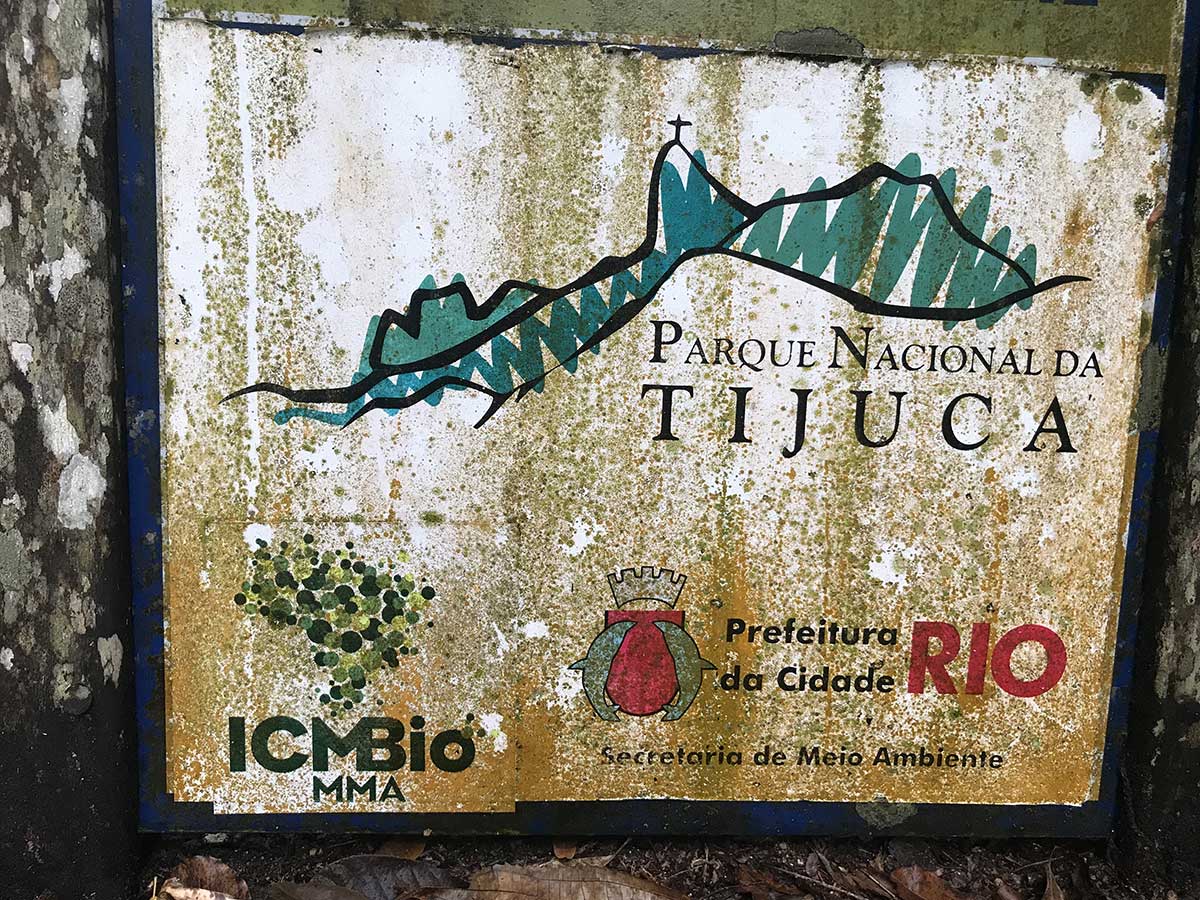
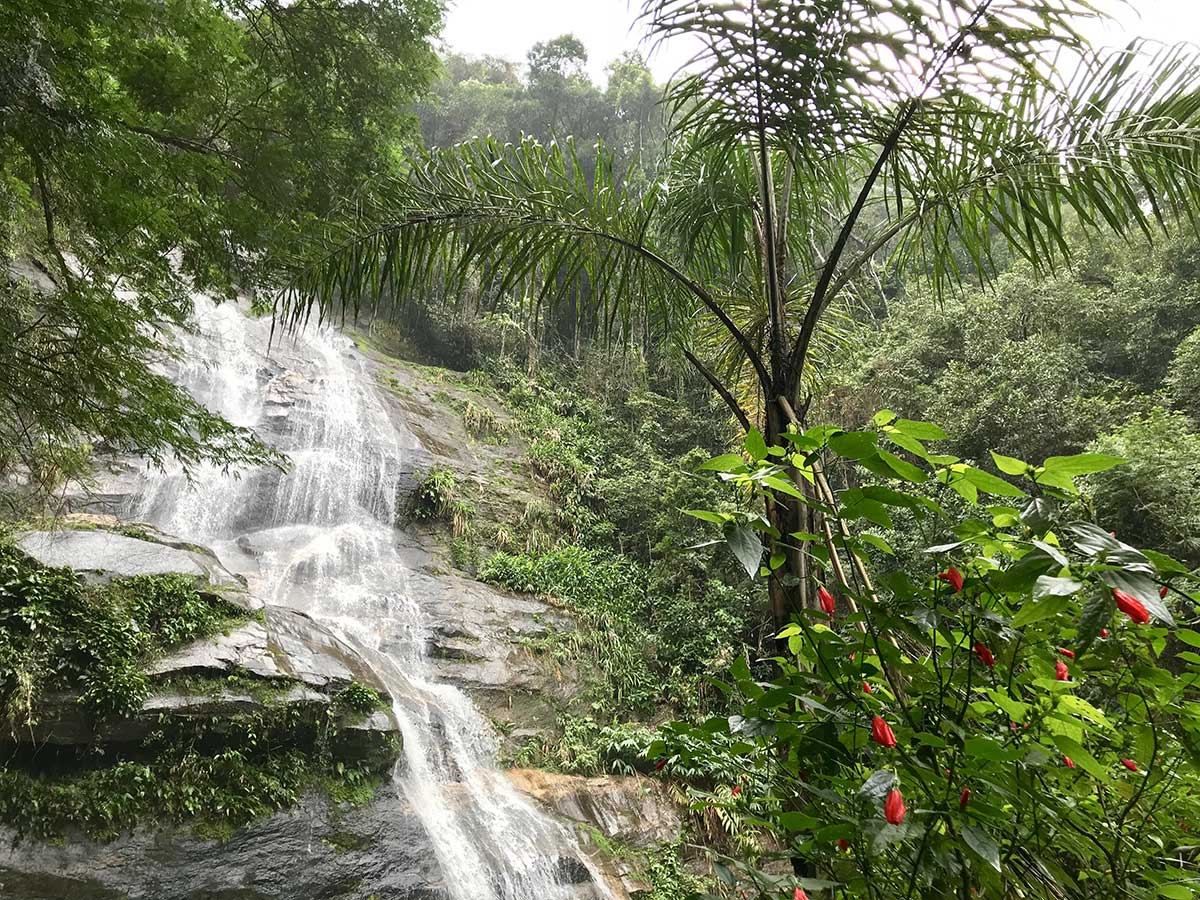
A tropical forest in the middle of the city? Yes, you can find this in Rio de Janeiro, and it is also known to be one of the largest urban forests in the world. Tijuca Forest (Floresta da Tijuca) covers 32 km2 and is part of the Atlantic Rainforest, that stretches from the north to the south of Brazil coast.
There are many things to do here, so make sure you give yourself plenty of time to take it all in. If you like hiking, you can go to one of the three peaks located inside the national park – Pedra Bonita, Pedra da Gavea (a popular spot for hang gliding) and Pico da Tijuca. 30 waterfalls are waiting to be discovered, along with the many trails that will immerse you in the middle of the lush green forest, with native plants, tropical trees, butterflies, monkeys – a biodiversity that is hard to imagine.
Vista Chinesa is one of the favorite stops when going to the Tijuca Forest – it’s a viewpoint that gives you a beautiful glimpse over the city, with the Botanical Garden and the coast.
You can go by yourself and discover the forest (it is not a dangerous place, even if there’s also a favela in the middle of it), but another option is to make a tour with someone who knows the site better, taking into account the vast area of it. We chose an experience on Airbnb – The best spots in Rio 4×4, and Alex, our guide, showed us places we otherwise wouldn’t have reached by ourselves.
Visit the Botanical Garden
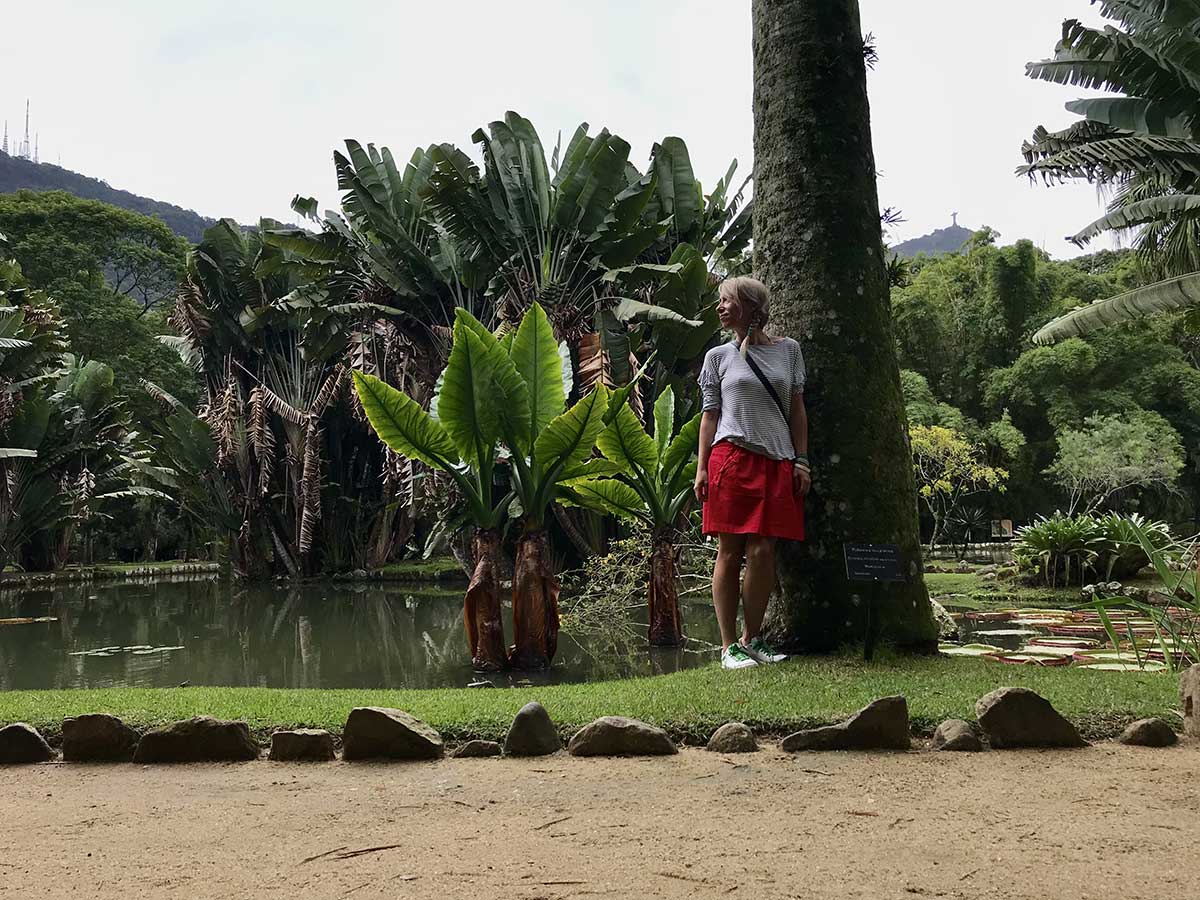
Jardim Botânico should definitely be on your list when visiting Rio de Janeiro. It’s not just another botanical garden, but a tropical paradise that covers nearly 140 hectares and houses more than 6500 plant species. The garden was first opened to the public in 1822, but its first purpose was the acclimatization of spices like nutmeg, pepper, and cinnamon imported from the West Indies.
At the entrance starts the Avenue of Royal Palms – a row of 134 palms, all descended from a single tree, the Palma Mater, that was destroyed by lighting a long time ago.
Walk along the alleys and explore the grounds in this enchanting and quiet space and you can even spot small monkeys, toucans, and other exotic birds.
Visit a museum and find out more about Rio’s past, present, and future

Whether it’s a rainy day (we had plenty of them), or you want to find out more about Brazil’s society and culture, you have some good options when it comes to museums. In almost every guide, you’ll find Museum of Tomorrow (Museu de Amanhã) as a top recommendation. The building on the outside is lovely, and inside you’ll find a science museum, focused on sustainability and how our today actions will impact our future. It was interesting, somehow, but still, not my kind of museum.
If you are interested in art, there are plenty of cultural spaces to visit – Museum of Modern Art, National Museum of Fine Arts, Museum of Contemporary Art, Museum of Art Rio Mar.
For history and anthropology lovers (like me), visit National History Museum, Museum of the Republic (which I highly recommend) and the Folklore Museum (The National Centre for Folklore and Popular Culture).
Rio also hosts Museum of the Indian (Museu do Indio), a small ethnographic museum about the indigenous tribes in Brazil, but unfortunately, it was closed during our stay in Rio.
Enjoy a brazilian coffee at Confeitaria Colombo
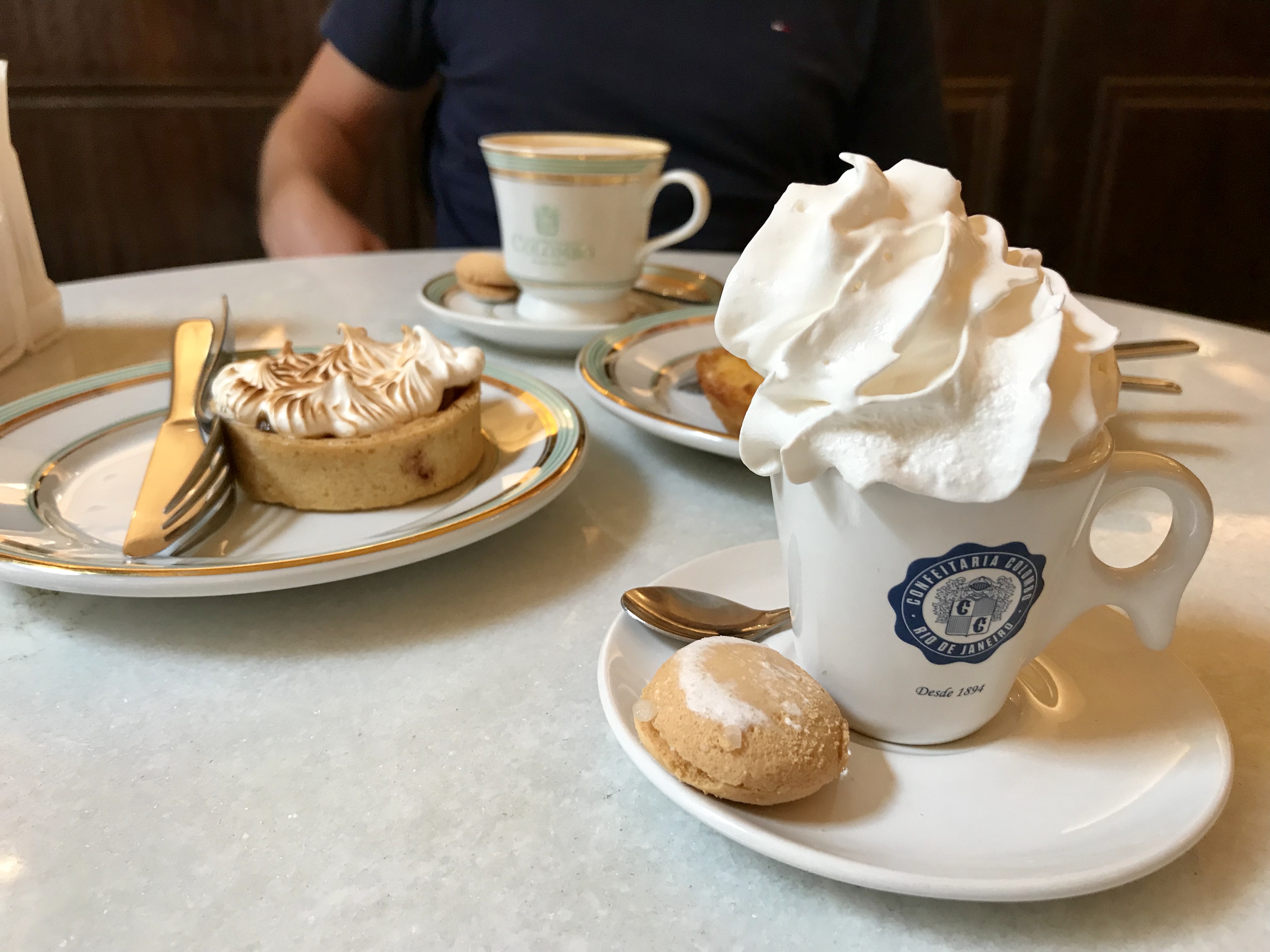
If you are looking for an old bohemian cafe, look no further, Confeitaria Colombo is the perfect match. Dating for 1894, the cafe is part of the city’s cultural heritage and one of the attractions for both tourist and locals. Once you enter, you can see the Belle-Epoque charm everywhere: high beautiful decorated ceiling, decorated mirrors, marble countertops.
Try one of the many Brazilian and Portuguese desserts: pasteis de nata, tropical tarts, rivadávias, salgadinhos, and brigadeiros or buy really nice souvenirs for home.
And an interesting fact: throughout time, Confeitaria Colombo had some important visitors – Queen Elizabeth and King Albert of Belgium; and almost all the Brazilian presidents were customers here.
Have you been to Rio? Share your experience in the comments below! 🙂
Discover Rio de Janeiro’s food scene:
WHAT TO EAT & DRINK IN RIO DE JANEIRO
TRADITIONAL FOODS & DRINKS IN RIO DE JANEIRO
Pin for later:
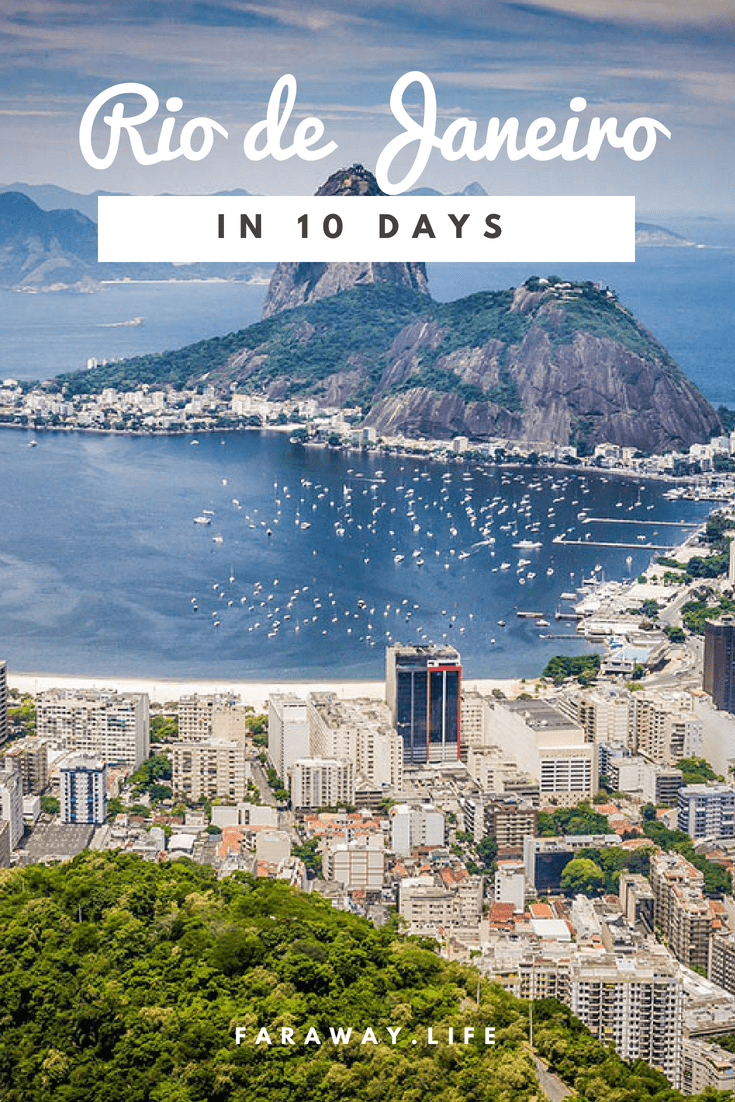
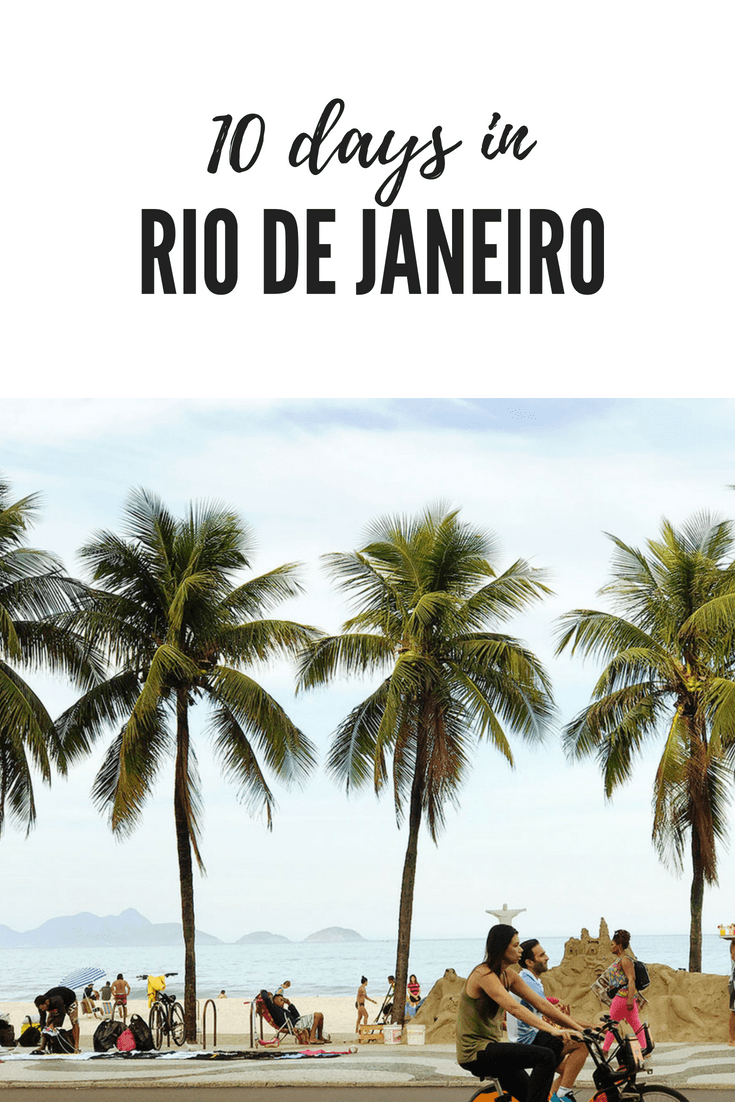

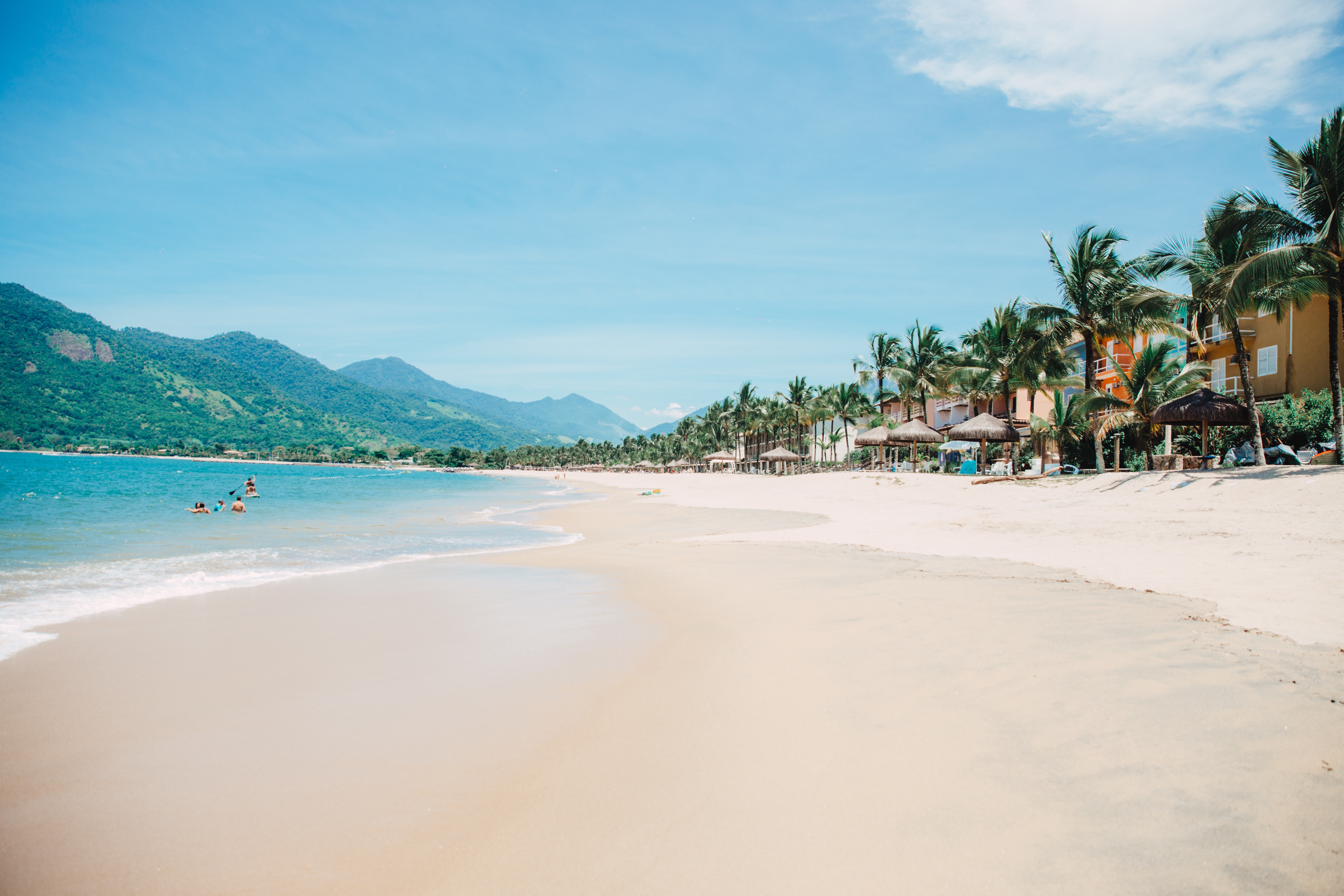
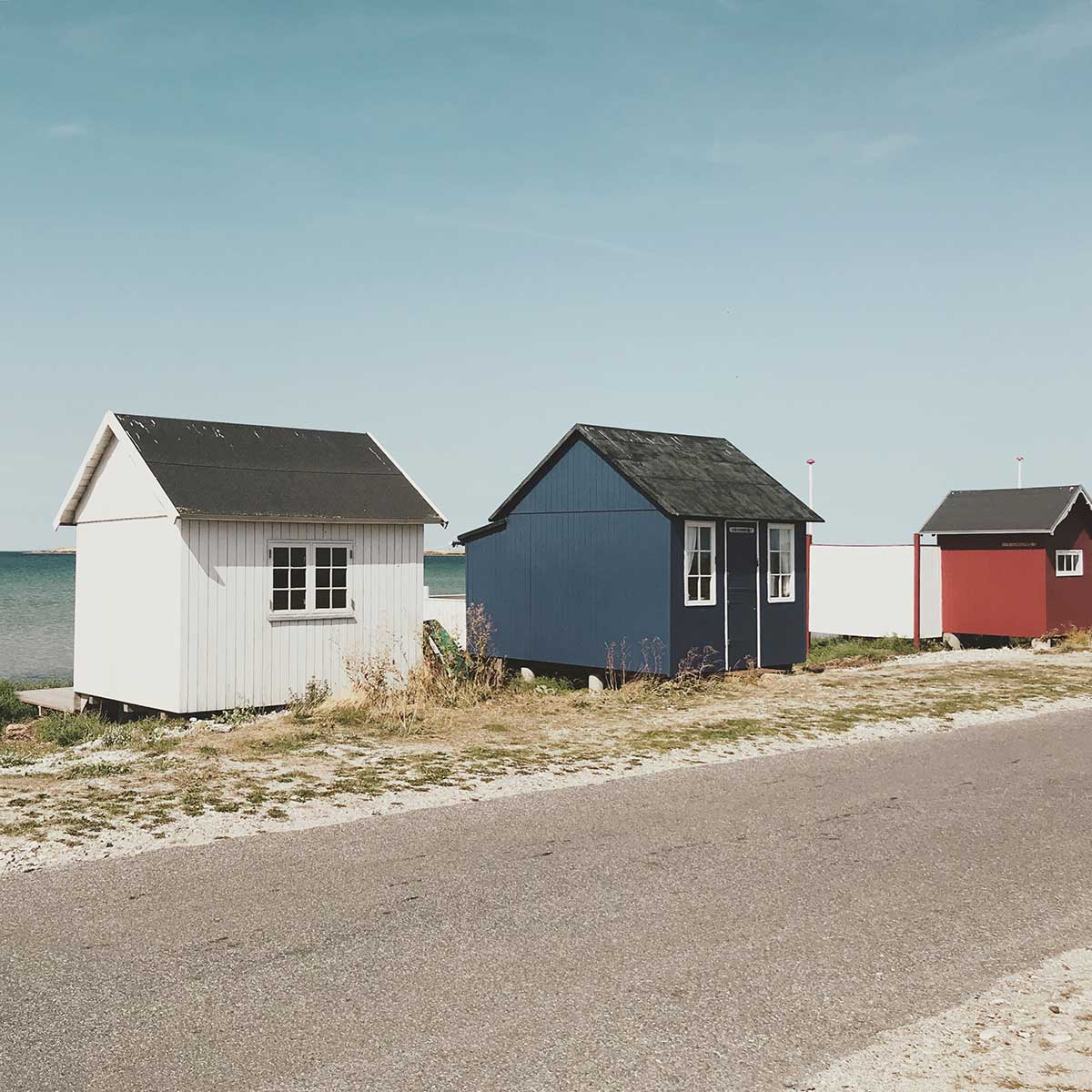
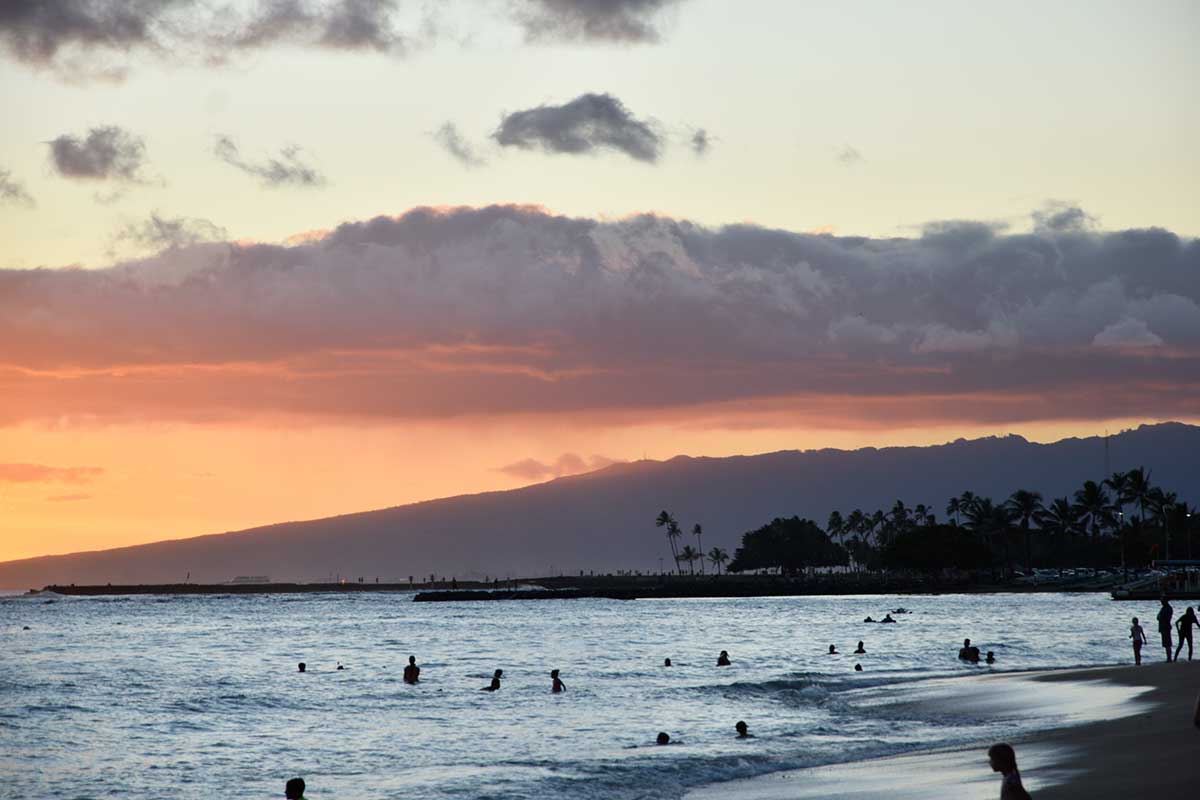

No Comments